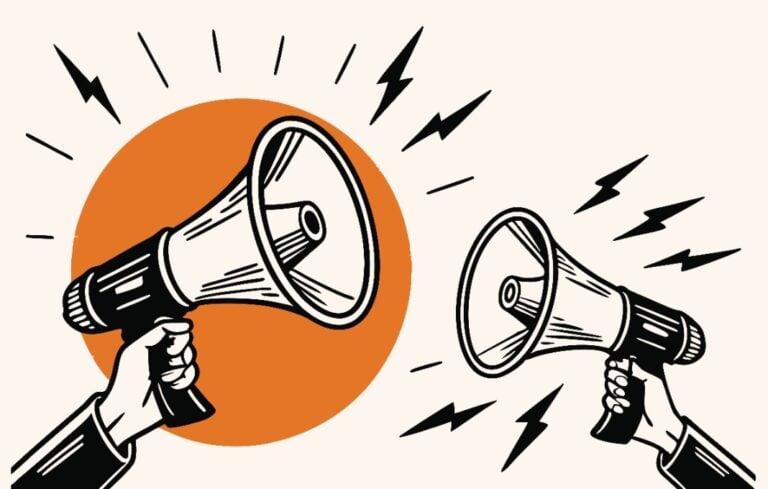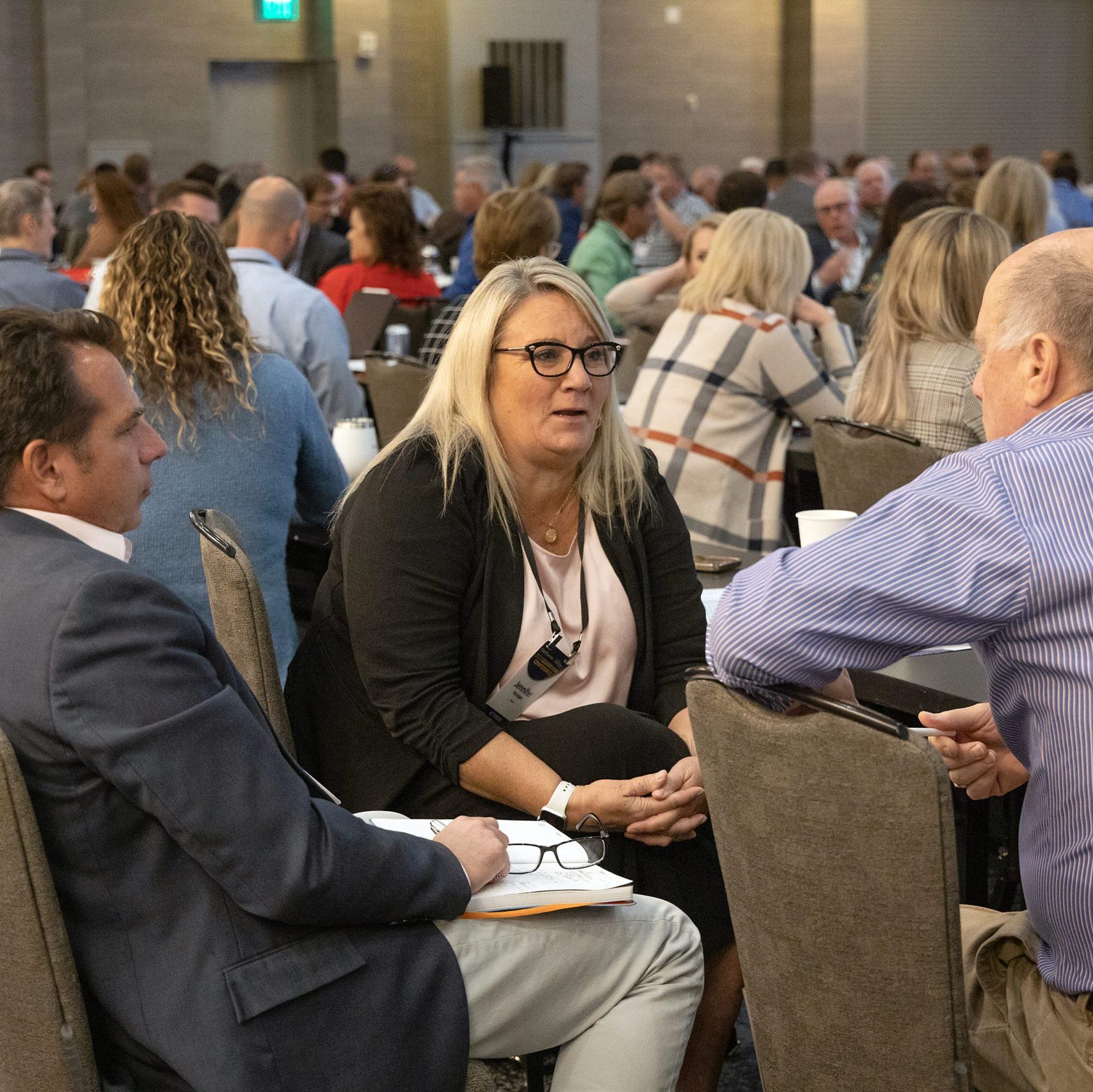
5. Document the “company way” of selling in a sales playbook. Over time, every company builds knowledge about the most effective method of selling. A key to revenue growth is spreading this knowledge throughout the company so it becomes truly institutional, not just resident in the heads of a few senior people. The best way to codify and document the company way of selling is to create a playbook—a manual of best practices that provides step-by-step instructions for accomplishing the key responsibilities of different sales roles. Playbooks are living documents that provide the tools and templates to help guide thinking and activities, improve the effectiveness of the average rep, speed onboarding and training of new reps and ensure institutional knowledge isn’t lost through turnover.
6. Analyze pipeline data for a better understanding of flow rate and revenue forecasts. Tracking the pipeline of growth opportunities for both new and existing accounts is critical for the CEO and his team. It provides a leading indicator of sales performance, enables resource/ production planning and reveals the drivers of customer win rates. But many organizations lack a real-time window into the sales pipeline and a method of analyzing pipeline data that isn’t cumbersome and time-consuming. As a result, many mid-market companies are overly optimistic in estimating probabilities and forecasts.
By looking at how many new opportunities make it through the pipeline funnel, the organization can better understand how many new leads are needed in a given time period to deliver against sales goals. Tracking where leads tend to fall out of the funnel can pinpoint where problems may exist in the sales process. Identifying and addressing such leakages is essential to growing revenue.
7. Maximize selling time. How does a CEO know whether his company’s sales force is spending enough time on customer-facing activities? In almost every organization, sales teams complain of being overburdened with administrative activities, not having enough time to spend with customers. Most companies don’t have a factual basis for addressing this issue. By requiring a short study to identify how much time the sales force spends on different activities, the CEO can help the company better understand how sales people spend their days and discover opportunities to increase selling time.
A key goal in any study is to identify ways to eliminate non-value-added activities. Should the study reveal sales reps are spending a large percentage of their time on administrative activities, those activities could be shifted to sales support, freeing up more of their time for customers. Processes and responsibilities need to change to drive results. Similarly, it is important to circle back and measure that reps are using any additional time gained through this effort on customer-facing activities. Without follow-up, it is easy for the extra time to get absorbed by other low-value activities.
8. Track sales activity with a Customer Relationship Management (CRM) system. CEOs and sales leaders of companies without CRM systems suffer from a lack of visibility into customers and sales activities needed to systematically drive growth. Many middle-market companies may see these systems as too costly and complex to use and may not understand the value they provide. For instance, CRM systems enables increased sales productivity through contact management, tasks, calendars, etc.; better customer profile information; greater visibility into buying behavior; and, a more complete understanding of market penetration. For marketing, an automated CRM system provides a more complete contact database for marketing activities as well as a source for measuring the relative value of content, channels, cost per lead, etc. And for sales managers, the systems provide visibility into sales time allocation and more accurate measurement of activity and performance in sales and marketing.
CRM systems do not automatically yield the benefits described above. Those benefits are only achieved if support is driven from the top, everyone uses the system, if the information is accurate and current and if there are clearly defined metrics aligned with the desired growth levers.
9. Optimize pricing effectiveness. Pricing is one of the most effective profit-generating levers available to the CEO. On average, a 1% increase in price yields a double-digit increase in operating profit. However, effective pricing isn’t about simply raising prices—it is a complex area that encompasses many elements including base pricing, discounts, recouping cost-to-serve elements, charging for ancillary services and more. For most middle-market companies, the initial goals for pricing effectiveness should be to reign in unwarranted discounts and to get paid for customer practices that increase the cost-to-serve. Such costs include inventory carrying costs, rush orders, freight costs, customer delivery rules, technical support services and other special efforts.
Achieving these goals starts with monitoring unearned customer discounts and understanding why customers with similar volume levels are given vastly different prices. It also means developing a complete understanding of total cost-to-serve at a customer level. Most companies do not capture the full extent of cost-to-serve components and thus do not get full compensation in their prices. When the CEO can assure his company captures the right cost elements, better pricing decisions can be driven for those customers who are being over-served, either by raising prices or reducing services.
10. Align incentives with specific growth aspirations. As CEOs evolve their growth and go-to-market strategies, they need to ensure the compensation plans for the sales force remain aligned with those changes. If not reviewed and aligned, companies risk failing to incent new growth behaviors, or worse—incenting the wrong behaviors. This puts their revenue goals at risk.
The most effective incentive plans disproportionately reward the top performers; pay explicitly for growth year on year; balance the amount of base pay vs. variable pay based on the control, responsibilities and risk inherent in different roles; are simple enough for employees to directly connect their actions to their pay; and are made up of both financial and non-financial components. Like pricing, compensation is a complex area. However, by ensuring these basic elements are followed, mid-market organizations will drive the sales behaviors necessary for increasing revenues.



0

1:00 - 5:00 pm
Over 70% of Executives Surveyed Agree: Many Strategic Planning Efforts Lack Systematic Approach Tips for Enhancing Your Strategic Planning Process
Executives expressed frustration with their current strategic planning process. Issues include:
Steve Rutan and Denise Harrison have put together an afternoon workshop that will provide the tools you need to address these concerns. They have worked with hundreds of executives to develop a systematic approach that will enable your team to make better decisions during strategic planning. Steve and Denise will walk you through exercises for prioritizing your lists and steps that will reset and reinvigorate your process. This will be a hands-on workshop that will enable you to think about your business as you use the tools that are being presented. If you are ready for a Strategic Planning tune-up, select this workshop in your registration form. The additional fee of $695 will be added to your total.

2:00 - 5:00 pm
Female leaders face the same issues all leaders do, but they often face additional challenges too. In this peer session, we will facilitate a discussion of best practices and how to overcome common barriers to help women leaders be more effective within and outside their organizations.
Limited space available.

10:30 - 5:00 pm
General’s Retreat at Hermitage Golf Course
Sponsored by UBS
General’s Retreat, built in 1986 with architect Gary Roger Baird, has been voted the “Best Golf Course in Nashville” and is a “must play” when visiting the Nashville, Tennessee area. With the beautiful setting along the Cumberland River, golfers of all capabilities will thoroughly enjoy the golf, scenery and hospitality.
The golf outing fee includes transportation to and from the hotel, greens/cart fees, use of practice facilities, and boxed lunch. The bus will leave the hotel at 10:30 am for a noon shotgun start and return to the hotel after the cocktail reception following the completion of the round.